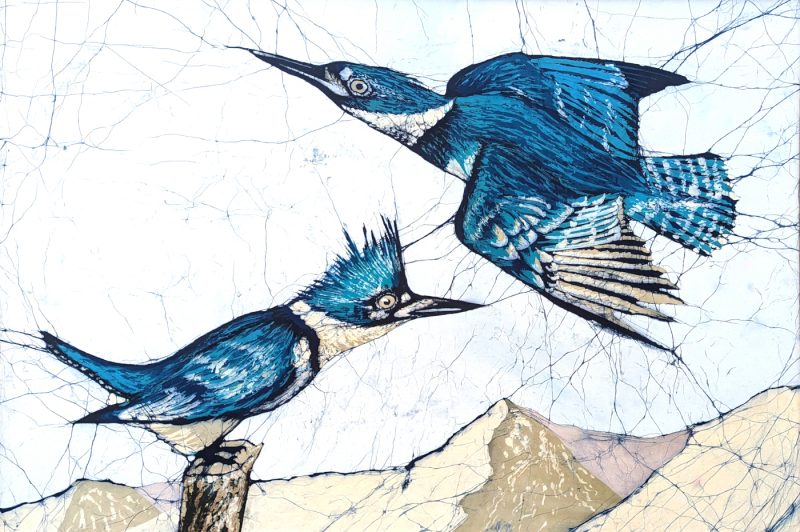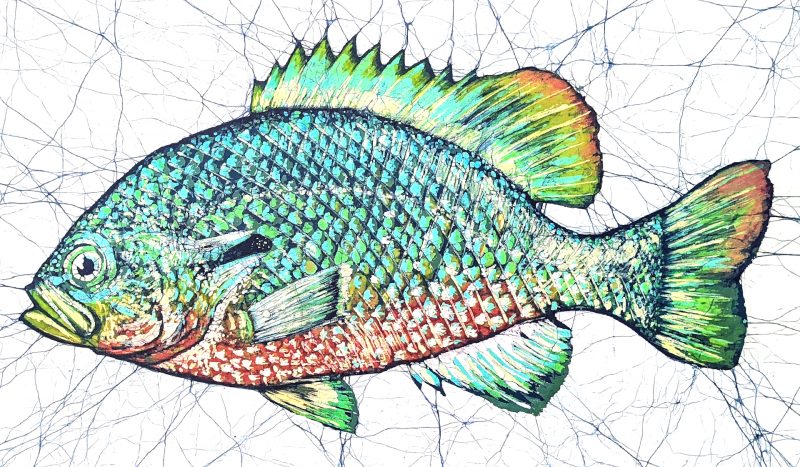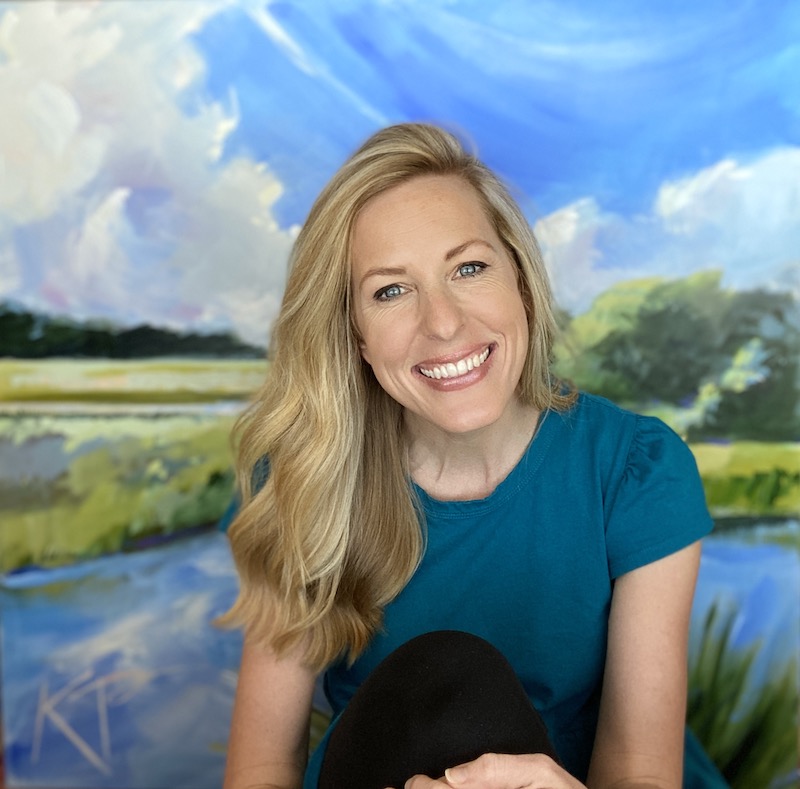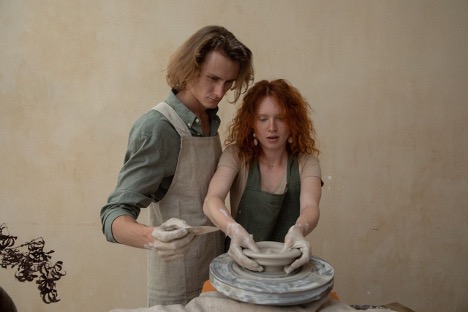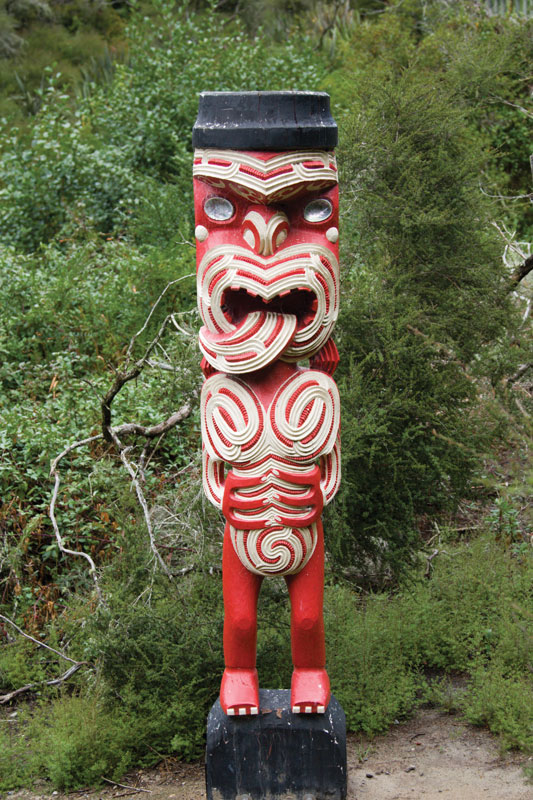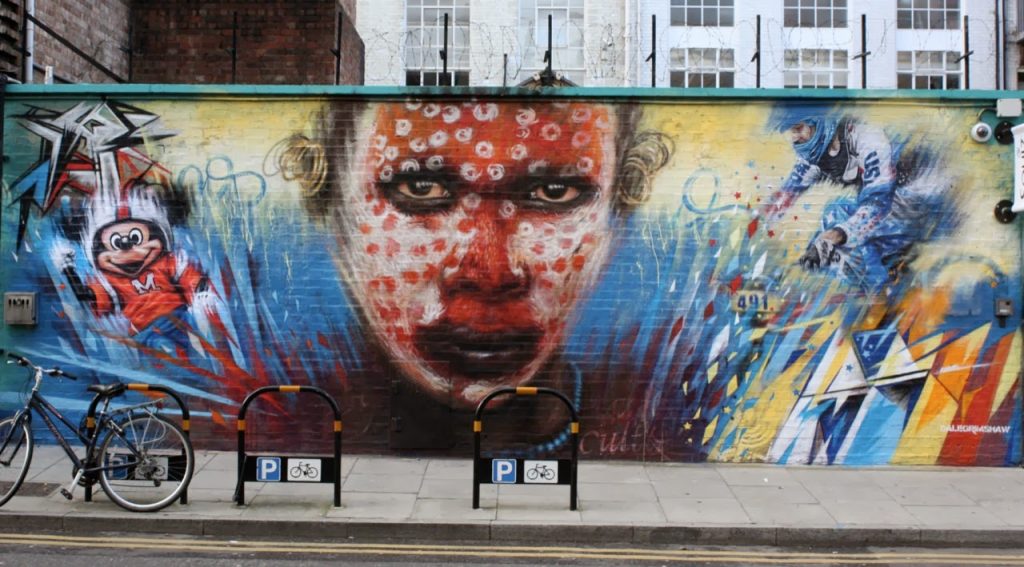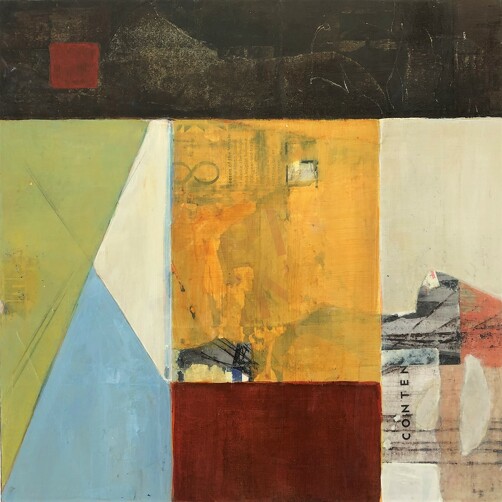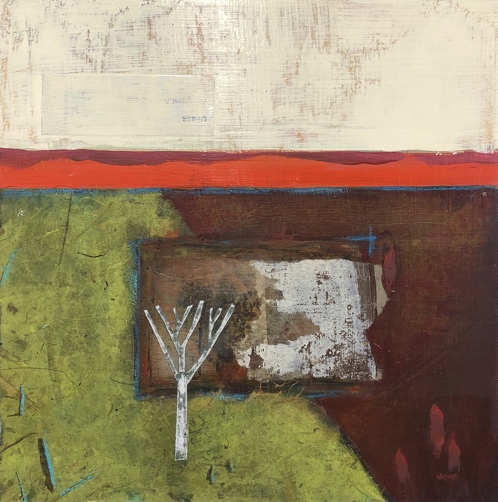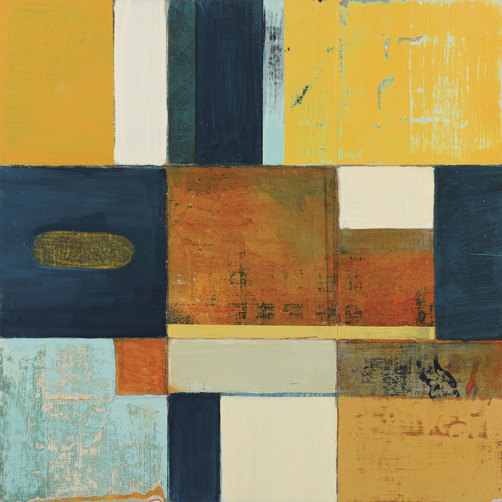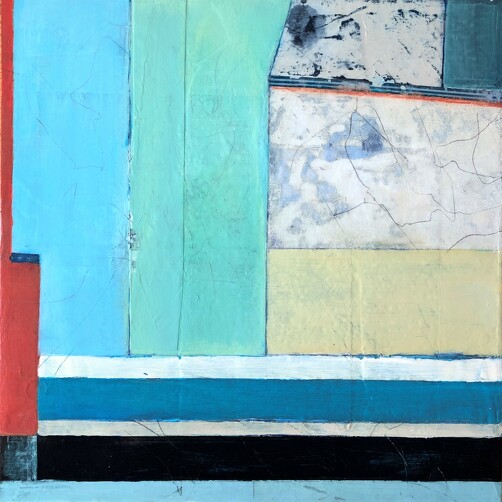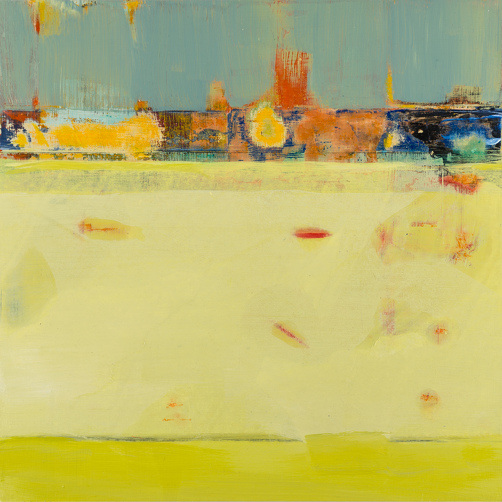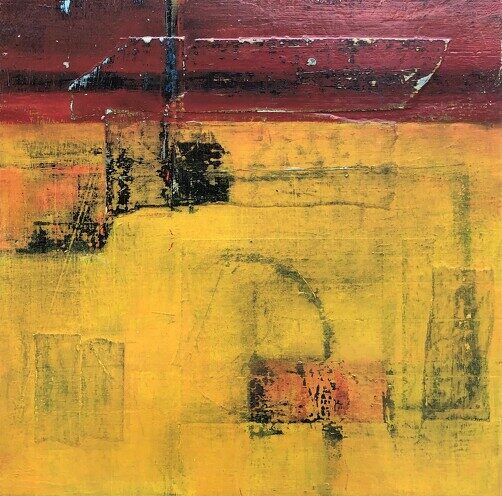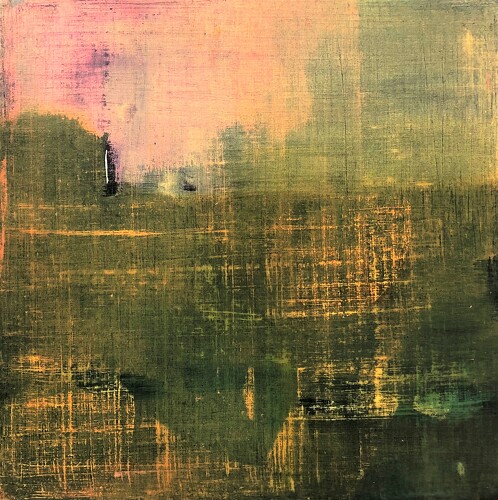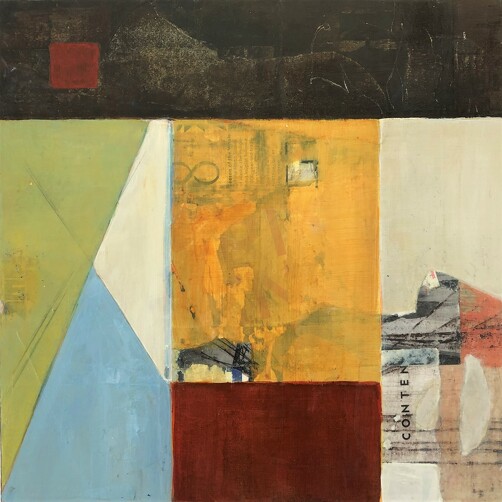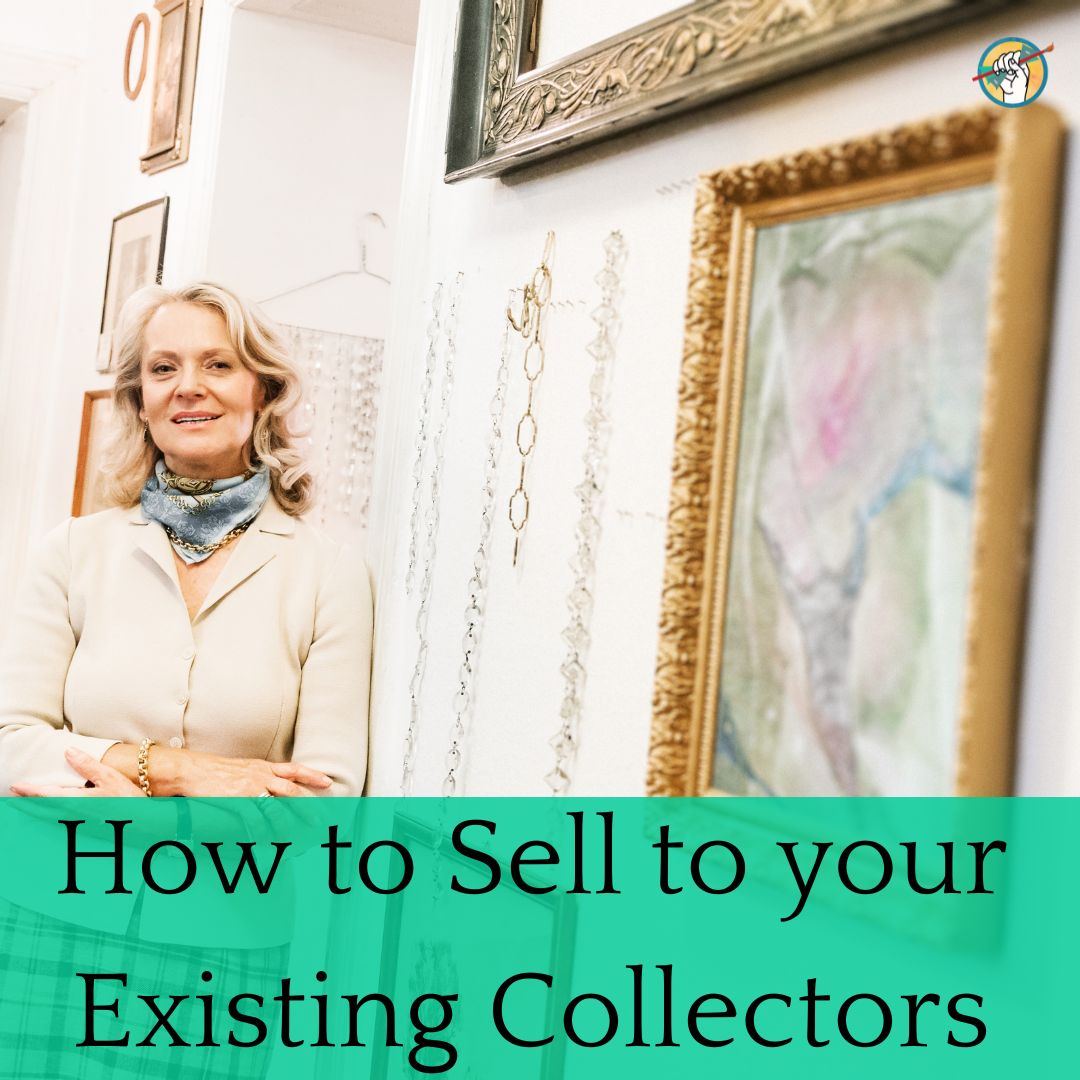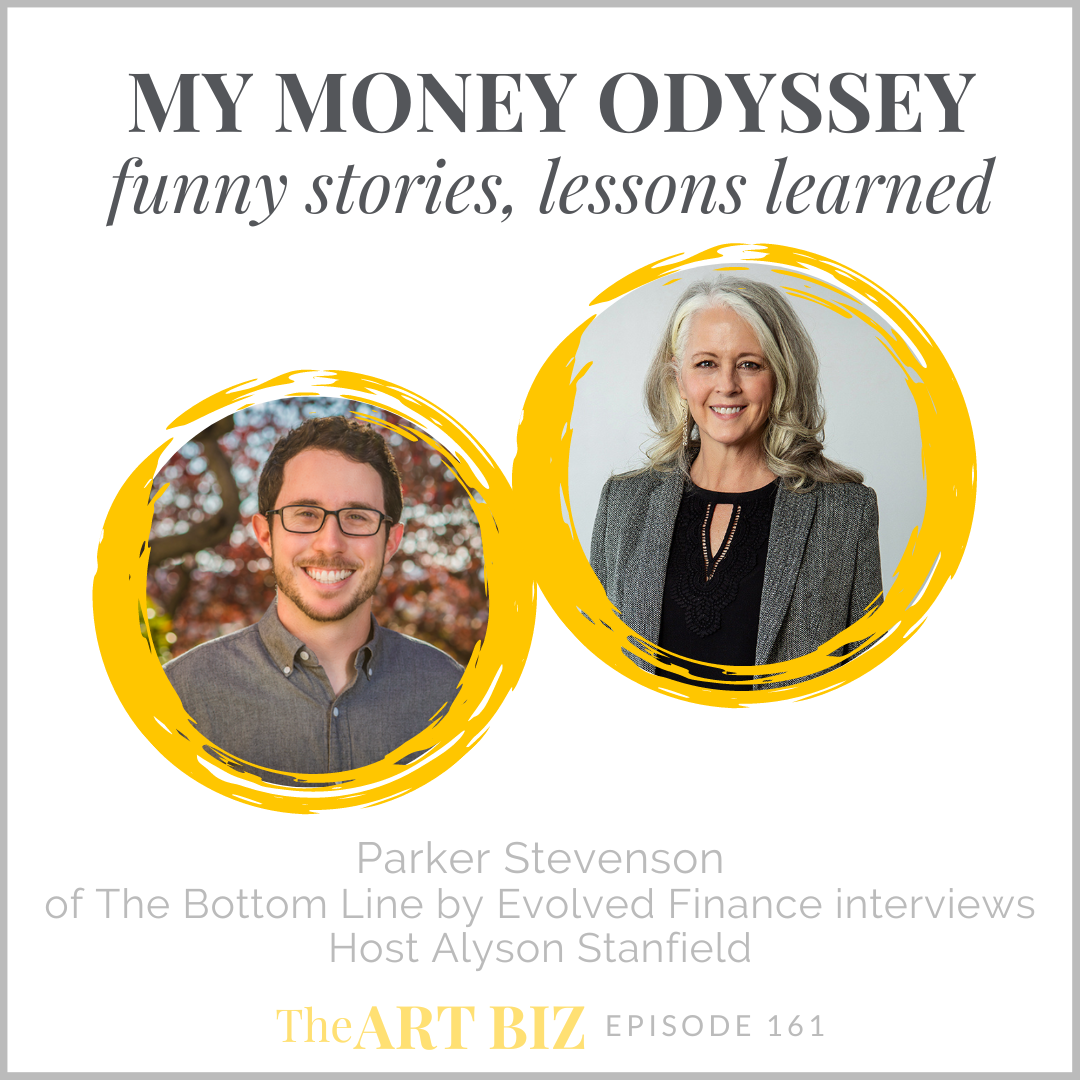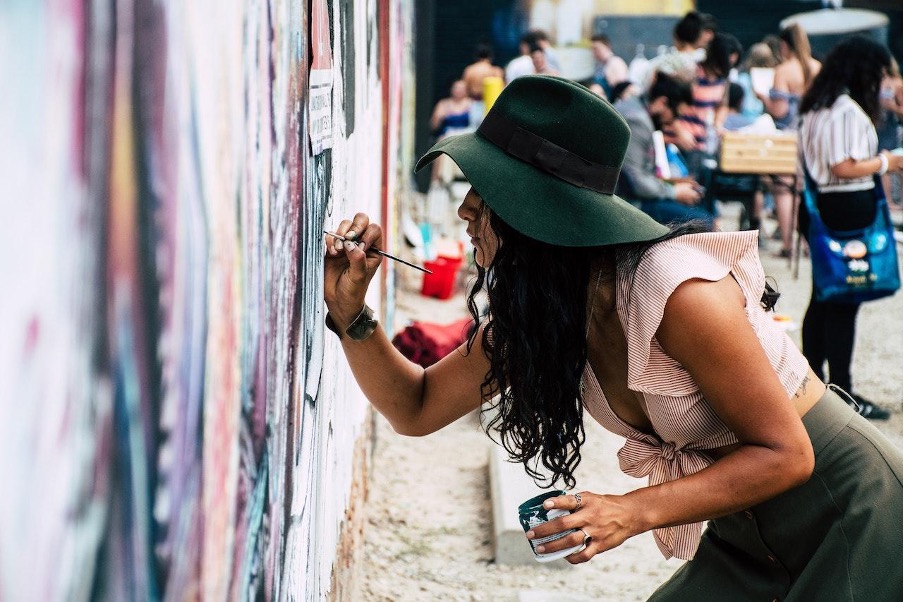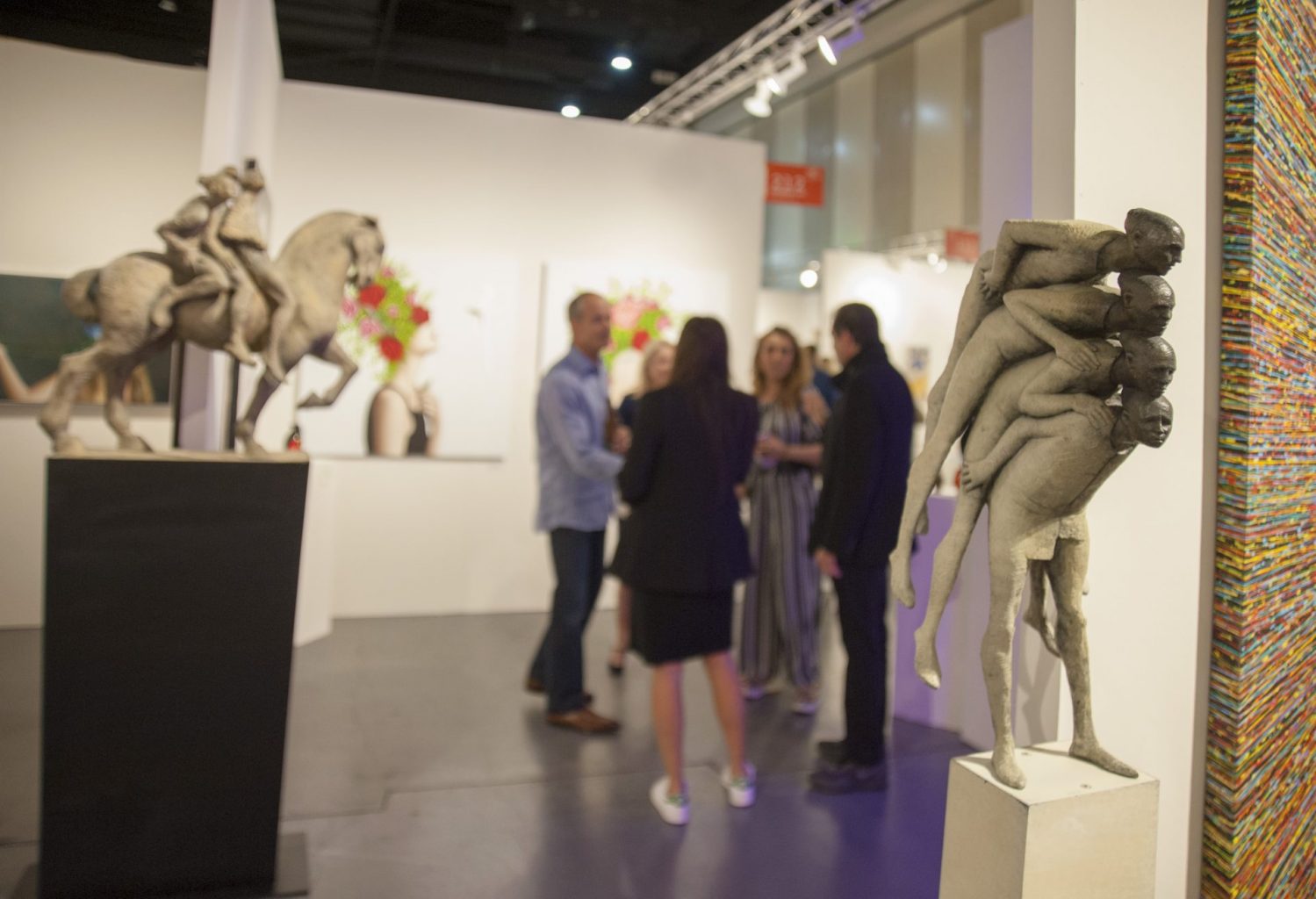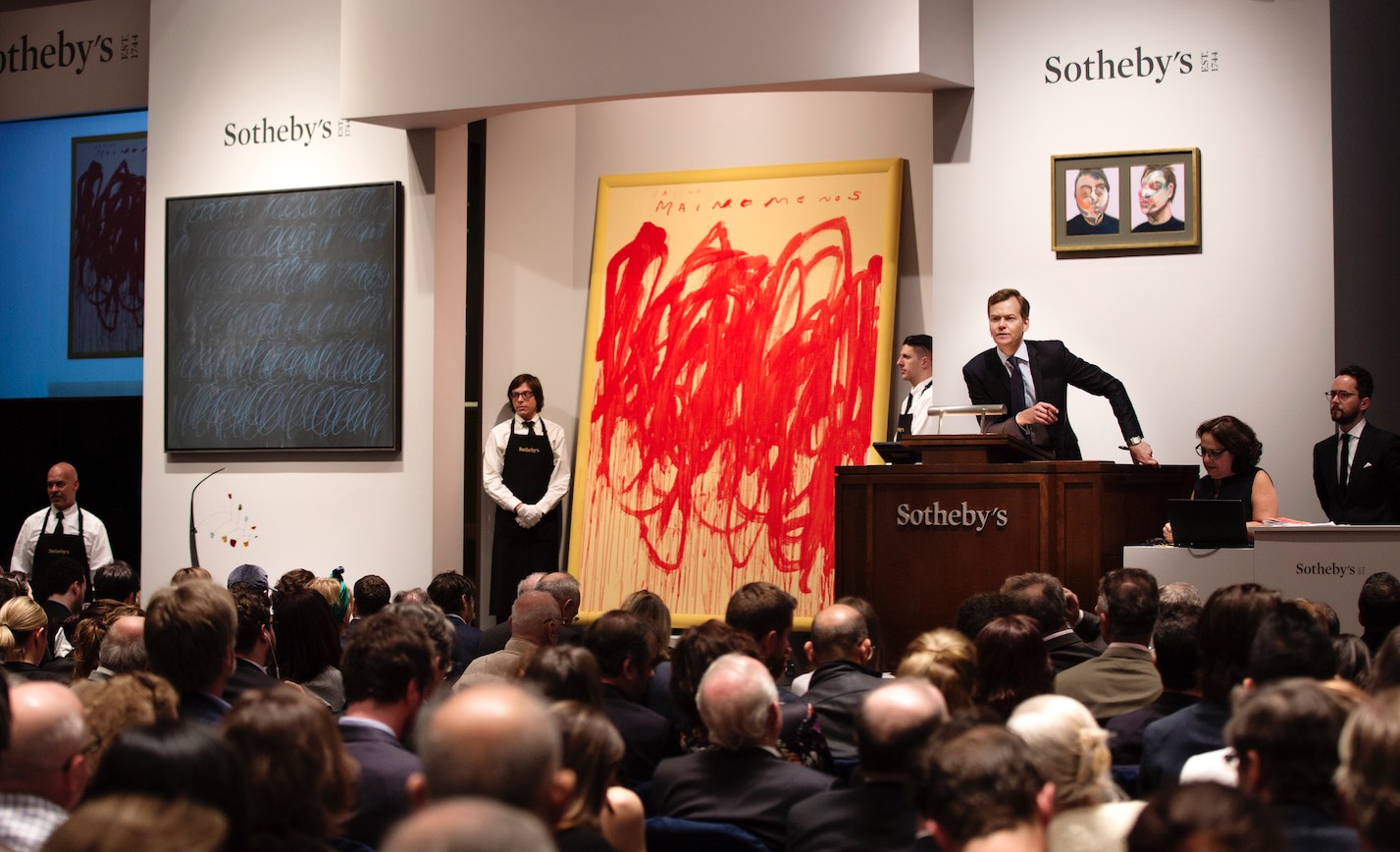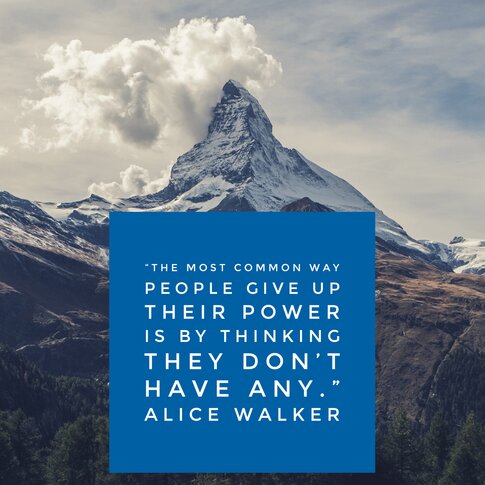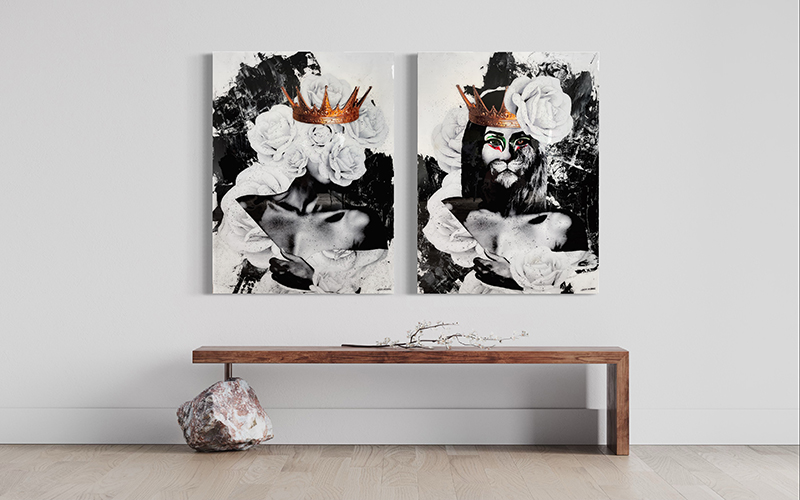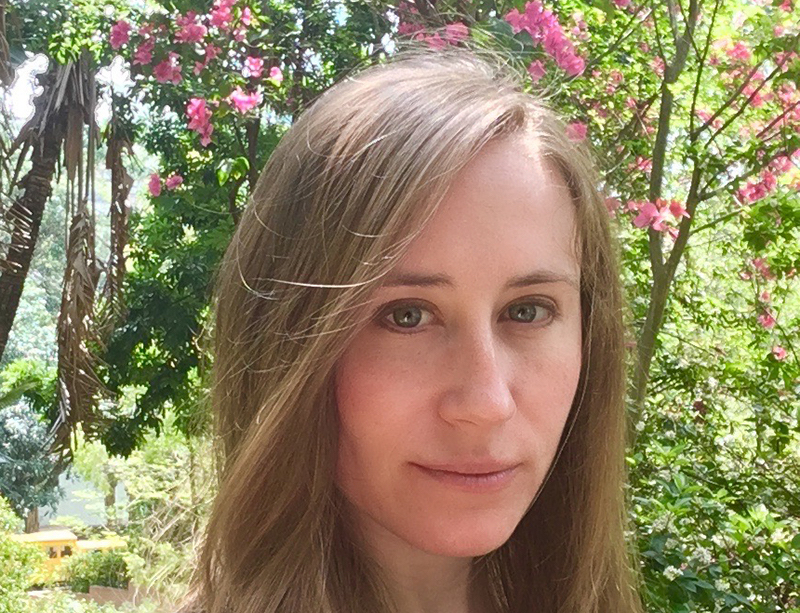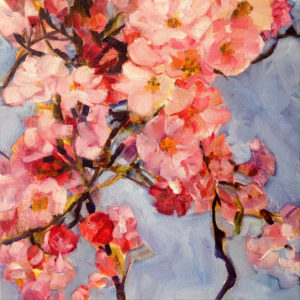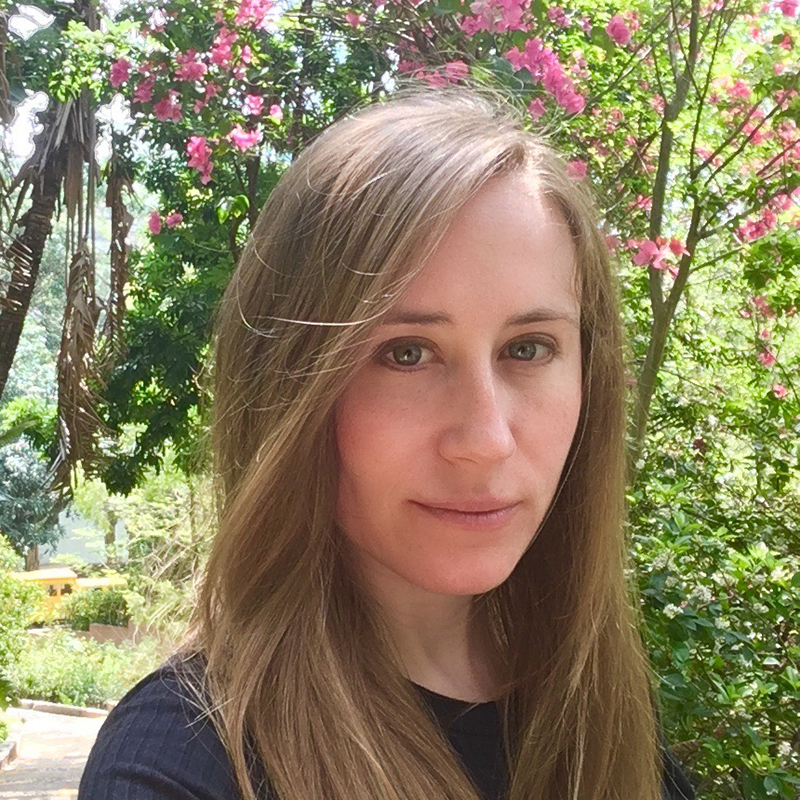Traveling to 100 Shores with Wildlife Painter and Fiber Artist Eric Jackson | TAA Podcast Season 5, Episode 20 – How to Sell Art Online
[ad_1]
Welcome to season five, episode 20 of The Abundant Artist, the show that dispels the myth of “the starving artist” and shares how you can live an abundant life as an artist and make a living from your talent one interview at a time.
“You can have more than one dream, that’s what I tell people…Who knows where the next dream might be?” — Eric Jackson
Cory welcomes Wildlife Painter and Fiber Artist Eric Jackson, who specializes in unique batik illustrations of Chesapeake Bay and Mid-Atlantic species, in today’s podcast. Eric had had a deep interest in water quality and aquatic life since a young age, especially in and around the Chesapeake region where he grew up. Eric was teaching art in public school when he started selling his art at local art shows in Maryland in 2017. After the 2020 pandemic, he left teaching to pursue his art career full time.
In this episode, Eric explains how he conceptualized the One Hundred Shores project, how it connected Art and Ecology, and how it grew in scope – even without much social media presence at that time – to become a huge storytelling project and a successful Kickstarter initiative eventually. Eric also discusses his passion for teaching art, and why he thinks it’s important for kids to learn art in school.
In this episode:
[:46] Cory mentions how fascinating it has been to watch Eric’s art career evolve over the years.
[2:33] The kind of art Eric makes. What led him to make the kind of art he does.
[4:22] Eric is an outdoor person, spending his free time hunting and fishing. How does that impact the subject matter of his artworks?
[5:17] People are not really familiar with the batik technique and how the pieces are made. Eric often receives questions on that account.
[6:53] Cory wants to talk about Eric’s Chesapeake Bay project (i.e. the One Hundred Shores project) as he thinks it’s a really good window into (1) what Eric’s art is about, and (2) how people respond to his work.
[7:09] Talking about the audience for his work, Eric identifies two distinct segments.
[9:00] Eric discusses the One Hundred Shores project in detail. How the Chesapeake Bay and its ecosystem are connected with the residents in the area.
[11:08] How the One Hundred Shores project connects Art and Ecology, and how that resonates with people.
[11:48] How did Eric conceptualize the One Hundred Shores project? How did it evolve from the ideation period?
[14:04] Eric gives an example of the stories collected during the One Hundred Shores project.
[18:32] How Eric got the word out when he initiated the project.
[21:00] Eric launched a separate website for the One Hundred Shores project. Why does he keep it distinct from his regular website?
[22:40] How the One Hundred Shores project press release helped spread the word further, and made people and organizations reach out to Eric to learn more about his project. How his earlier lesson with TAA helped him put together the press release.
[24:19] Cory asks Eric about the latest status of the One Hundred Shores project.
[26:29] Where people can buy Eric’s One Hundred Shores project t-shirts from.
[28:02] Cory congratulates Eric on the success of his One Hundred Shores project, and mentions that it’s a very interesting example for artists looking for starting a project on a greater scale or planning to take their art to a bigger audience.
[30:48] After years of making art privately, Eric started showing his work to people only as recently as 2017.
[35:05] Eric talks about his love for teaching.
[35:43] Why it is important for kids to learn art in school.
[39:07] Advocating for “Art for art’s sake” and maintaining the integrity of Art as a discipline.
[39:53] Why Eric considers leaving teaching his biggest professional decision till date.
[40:45] What is Eric looking forward to for the rest of 2023?
[44:00] Cory thanks Eric for joining the podcast!
Resources mentioned:
Eric Jackson’s Website
One Hundred Shores
Story narrated by Eric in the podcast
About the guest:
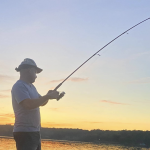 Eric Clark Jackson is a professional artist whose work explores a connection to the water and wildlife of the Chesapeake Bay. A contemporary fiber artist, his work is an intersection of fine art, contemporary craft, and the ecology of the watershed. His work has received support from the Maryland State Arts Council, Baltimore Office of Promotion and the Arts, and numerous local arts councils. He’s presented his work at the National Folk Festival, the American Craft Show and the Coconut Grove Art Fest in Miami. He is heavily involved in local watershed initiatives on the Chesapeake Bay, and he has worked with numerous non-profits on the forefront of Chesapeake Bay culture and preservation. An avid outdoorsperson, Eric continues to explore the Chesapeake from Leonardtown, where he lives with his wife and two girls.
Eric Clark Jackson is a professional artist whose work explores a connection to the water and wildlife of the Chesapeake Bay. A contemporary fiber artist, his work is an intersection of fine art, contemporary craft, and the ecology of the watershed. His work has received support from the Maryland State Arts Council, Baltimore Office of Promotion and the Arts, and numerous local arts councils. He’s presented his work at the National Folk Festival, the American Craft Show and the Coconut Grove Art Fest in Miami. He is heavily involved in local watershed initiatives on the Chesapeake Bay, and he has worked with numerous non-profits on the forefront of Chesapeake Bay culture and preservation. An avid outdoorsperson, Eric continues to explore the Chesapeake from Leonardtown, where he lives with his wife and two girls.
[ad_2]
Source link
